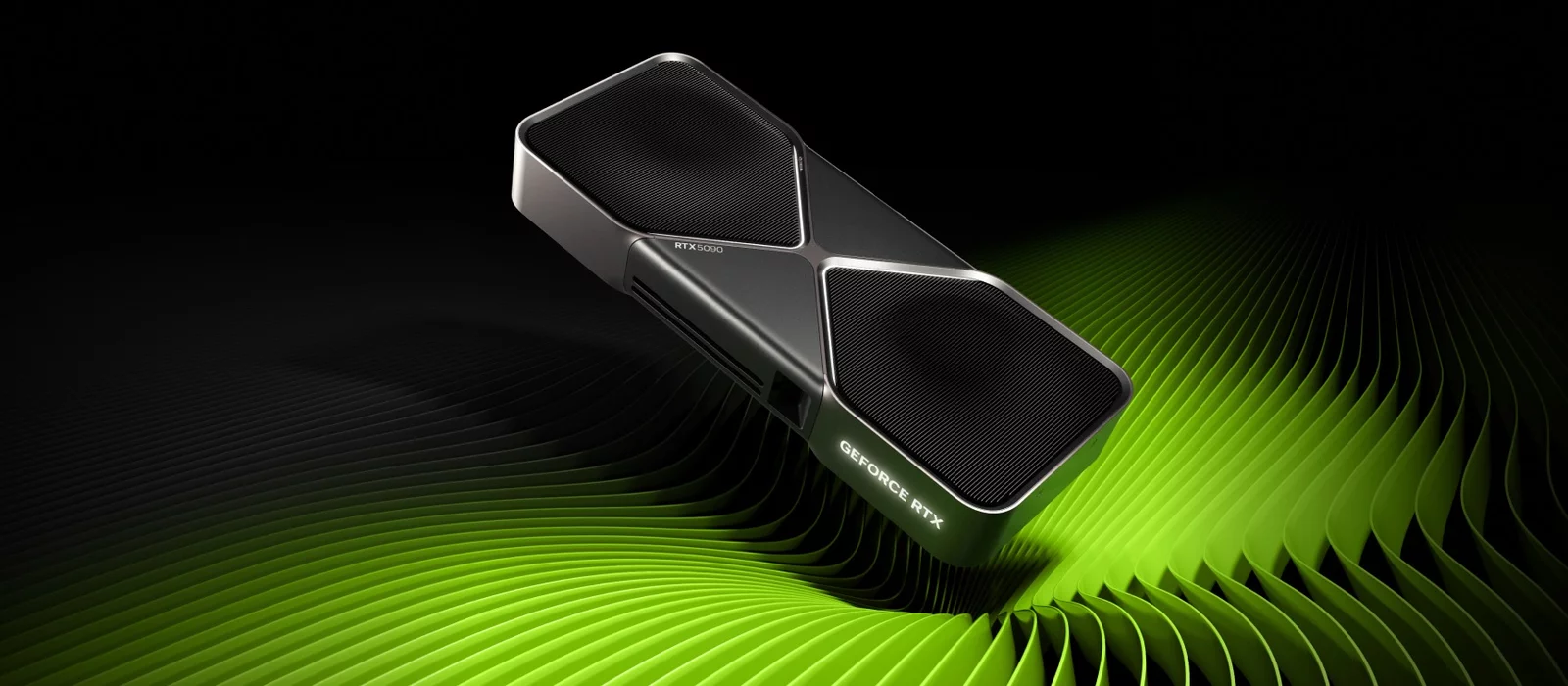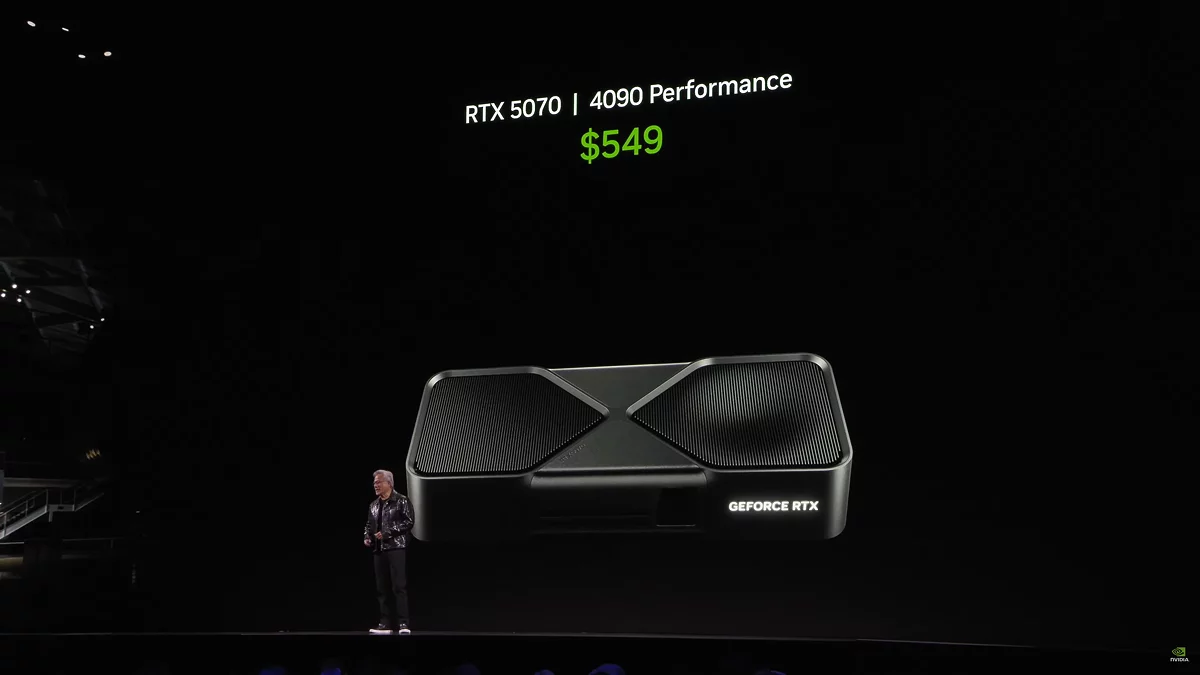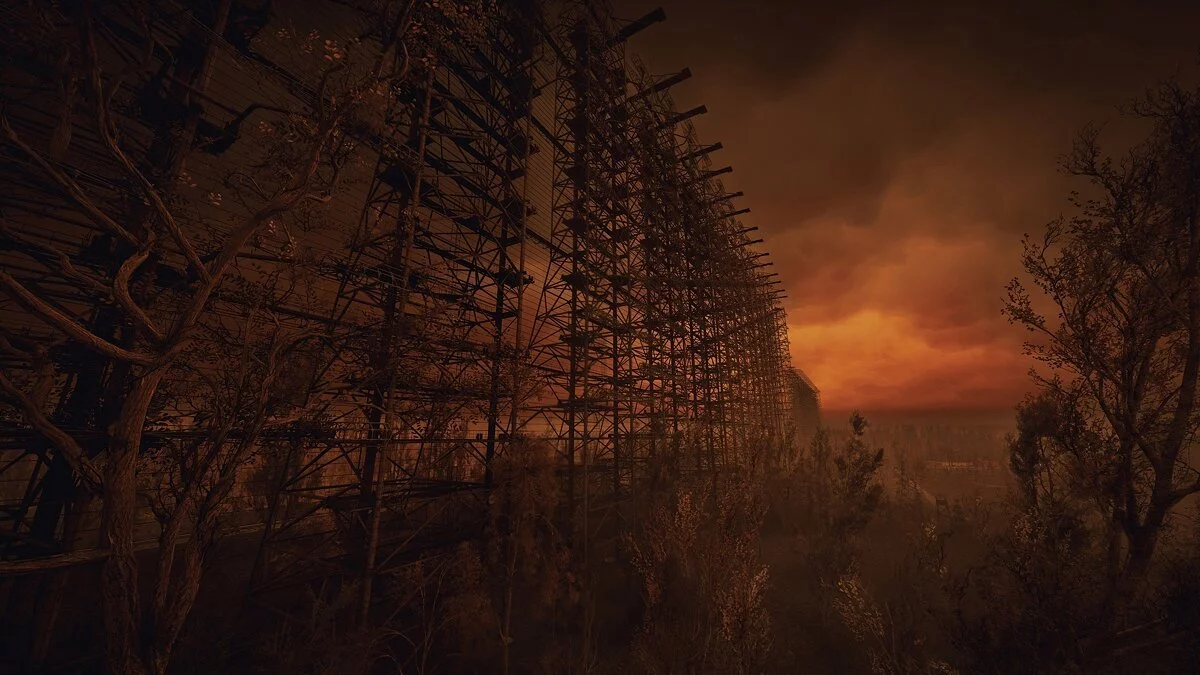The Buzz Around GeForce RTX 50: Why the New Graphics Cards Are Facing Criticism

The announcement of NVIDIA's new RTX 50 series graphics cards at CES 2025 has been met with enthusiasm across the internet. Many social media users were pleased with the advertised features: improved gaming performance with ray tracing enabled, higher clock speeds, and access to the latest and greatest versions of DLSS and frame generation. However, not all gamers, hardware reviewers, and industry experts share the general enthusiasm. Their main argument is that if you strip away all the "crutches" of the new cards, the actual performance increase might not be as significant as expected. And there are concerns about those "crutches" too.
Marketing
As with any company launching new products, NVIDIA enjoys making bold claims like "twice as fast as the previous technology!" For instance, this time, they announced that the RTX 5070, priced at $549, would deliver performance comparable to the previous flagship, the RTX 4090. It sounds impressive, but it’s not that straightforward.
The appealing marketing slides showing the RTX 50 series outperforming previous models typically assume DLSS, frame generation, or both are enabled. While this isn't technically misleading, understanding the actual hardware capabilities is important. After all, upscaling doesn’t always look perfect, and it isn’t always available (e.g., the Resident Evil 4 remake lacks DLSS support).
If you turn off DLSS and similar technologies, the RTX 5080, for example, is only about 15% faster than the RTX 4080. Many enthusiasts find this difference underwhelming compared to the significant performance leaps of previous generations.
Do you use DLSS or FSR when playing on a 1080p monitor?
Frame Generation
Since the RTX 40 series, frame generation has been one of NVIDIA’s key new technologies. The next generation of devices will focus on it even more.
For those unfamiliar, this feature uses AI to predict future frames in a game and insert them between existing ones, significantly boosting FPS. Currently, it predicts every second frame, but the 50 series will introduce multi-frame generation.
Not all gamers are positive about this technology, as it can sometimes create visual anomalies and increase input lag. This is critical for multiplayer games, though less so for slower single-player projects. If you’re used to playing with a wireless controller, the input lag may not feel much different since it’s already present without frame generation.
Interestingly, NVIDIA is considering the possibility of adding frame generation to older RTX 30 series cards, but multi-frame generation will remain exclusive to the RTX 50 series.
Concerns About Long-Term Impact
NVIDIA's heavy reliance on DLSS and frame generation has sparked online discussions about the future implications for gaming.
The main concern is game optimization. If developers start designing projects assuming players will always use AI-based upscalers, there will be less incentive to invest in traditional optimization. This could result in declining code quality, ultimately affecting all PC gamers who rely on a wide variety of hardware configurations.
Critics of DLSS and similar technologies acknowledge that they can produce visuals close to native resolution but argue that artifacts are still noticeable — especially during motion and on 4K screens when using "performance" or "ultra-performance" modes. If developers increasingly neglect optimization, gamers will be forced to rely on such features more often.
Lastly, it’s worth noting that high FPS isn’t solely dependent on the graphics card. While it’s great if the GPU can generate extra frames, poor optimization can still cause issues related to the CPU or memory. Frame generation cannot compensate for fundamental flaws in game code.
Early Warning Signs
The pessimistic forecast of the approaching age of poorly optimized games is already beginning to come true. Major releases from last year, like Star Wars Outlaws, Dragon’s Dogma 2, and Silent Hill 2, effectively force gamers to use image-enhancement features to achieve acceptable FPS. It gives the impression that hardware ages faster than before, while graphical advancements progress more slowly.
Back in 2014, you could buy a GTX 970 and comfortably play new releases till 2020 (or longer). Today, an RTX 3070 Ti or RTX 4070 only guarantees 60 FPS on high settings in S.T.A.L.K.E.R. 2: Heart of Chornobyl at 1440p resolution. And yes, that’s with upscaling enabled.
***
The situation is ambiguous. On the one hand, DLSS and similar technologies, along with frame generation, can be extremely useful: in an ideal world, these features are designed to help those with weaker systems. On the other hand, these technologies tempt developers into a more lackluster approach to optimization — or outright laziness.
What do you think about AI-powered image enhancement features? Are you ready for a future where gaming without DLSS becomes impossible? Share your thoughts in the comments.
If a highly anticipated game turns out to be poorly optimized, what do you do?
-
NVIDIA Confirms The Witcher 4 Trailer Rendered on RTX 5090
-
NVIDIA Officially Announces New Graphics Cards — RTX 5090 Costs Twice as Much as RTX 5080
-
NVIDIA Unveils RTX 5090, RTX 5080, RTX 5070 Ti, and RTX 5070: Key Details from CES 2025
-
RTX 5080 Tested in Cyberpunk 2077: DLSS 4 Delivers Stunning Graphics Enhancements
-
NVIDIA Reveals Performance Difference Between RTX 50 and RTX 40 Without DLSS





